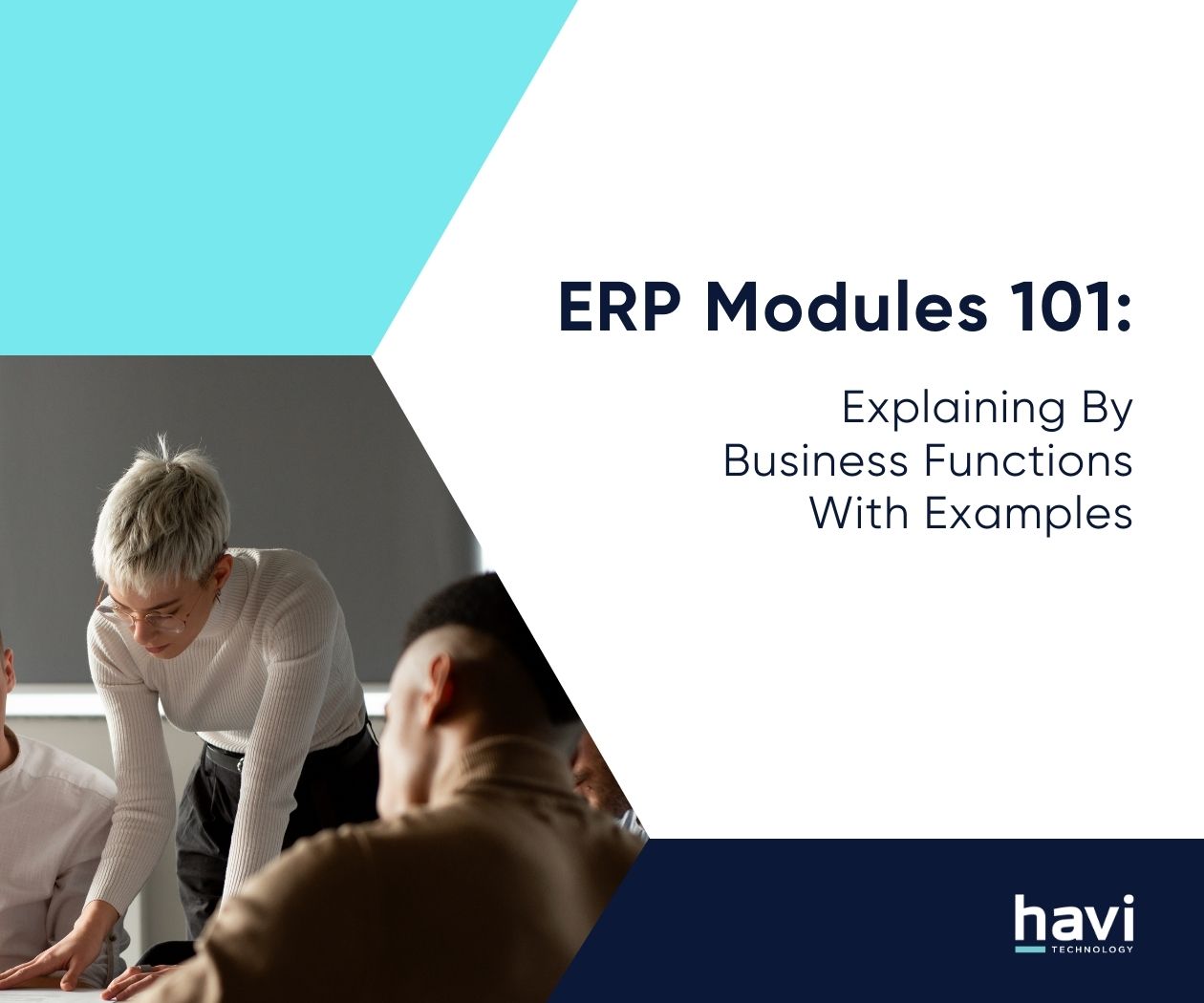TABLE OF CONTENTS
- 1. Website and Customer Experience
- 1.1. Website & eCommerce: Guided Onboarding, New Templates, Google Merchant Sync
- 1.2 Live Chat and Discuss: Expertise Routing, Chat Insights, Status Controls
- 2. Sales, CRM and Subscriptions
- 2.1 Sales: Editable Optional Products, Catalogue Sections, Portal Top-Up
- 2.2. CRM and Marketing: AI Probability, Lead Sources, Kanban Linking
- 2.3. Subscriptions: Prorated Billing, One-Time Sales, Portal Edits
- 3. Inventory, Purchase and Barcode
- 3.1. Inventory and Purchase: Packages within Packages, Forecasted Reports, Suggested Quantity to Replenish
- 3.2. Barcode: Operation Descriptions, Product Source Location, Lot and Serial Number Properties
- 4. Manufacturing, Shop Floor & Planning
- 4.1. MRP: Gantt View, Editable Deadlines, Labour-Based Valuation
- 4.2. Shop Floor & Planning: Barcode Workflows, Shift Scheduling, Routing Edits
- 5. Project, Timesheets and Services
- 5.1. Project and Timesheet: Smart Assign, Mobile Grid View, Priority Alerts
- 5.2. Field Service and Appointments: Calendar View, Technician Tracking, Mass Planning
- 6. HR, Payroll and Expenses
- 6.1. Payroll: Redesigned Engine, Payslip Correction, Unified Master Report
- 6.2. Time Off and Expenses: Odoo Master Cards, Multi-Expense Submission, Complex Duration
- 7. Accounting, Compliance and ESG
- 7.1. Accounting: Peppol Invoicing, Bank Sync, BAS Reports
- 7.2. ESG App: Scope 1–3 Emissions, CSRD Reporting, Auto Category Mapping
- 8. AI, Documents and Sign
- 8.1. AI App: Prompt Commands, Auto Field Completion, Voice and Web Search
- 8.2. Sign and Documents: Bulk Signing, Chatter Integration, Access Controls
- Odoo 19: What’s Coming For Australia?
- 1. Fully compliant Payroll AU with STP Phase 2 and SuperStream
- 2. ABA file payments, Direct Debit for wages/super
- 3. Multi-stream YTD import, backpay, and validations
- 4. 2025–26 tax rules, STSL changes, ATO security
- 5. Peppol invoicing, GST toggle, fringe benefits, BAS automation
- 6. Tyro integration
- 7. Roadmap: SBR BAS lodging, Open Banking, PEL Access, Fiduciary Program
- Odoo 19’s FAQs For Australian Teams
- 1. How should Australian businesses prepare?
- 2. How is Odoo 19 different from Odoo 18 in Australia?
- 3. How can AI in Odoo 19 be tailored for real business outcomes?
- 4. How can I try Odoo 19 or upgrade from my current version?





ERP (Enterprise Resource Planning) and CRM (Customer Relationship Management) are two core business systems that together define how a company operates and grows. ERP manages internal operations, finance, inventory, supply chain, and HR through a single source of data truth, while CRM focuses on external relationships by managing sales, marketing, and customer interactions.
For Australian businesses, these systems are no longer optional. A study found that 53% of organisations now prioritise ERP and CRM investment to improve decision-making and operational visibility (McKenna, 2018). This shift reflects a clear move toward integrated, data-driven management.
When ERP and CRM are connected, the result is a unified workflow where financial accuracy meets customer insight. This article explores their meaning, key differences, and integration models for Australia, from how each system functions to the tools best suited for local compliance, scalability, and real-world business performance.
What is ERP (Enterprise Resource Planning System)?
An Enterprise Resource Planning (ERP) system is business management software that centralises and automates core operations, covering finance, inventory, procurement, manufacturing, and HR, within a single database. It serves as the organisation’s operational backbone, ensuring accuracy, compliance, and real-time visibility across departments for faster, data-driven decision-making.
The shared database allows teams to generate real-time reports and financial insights without relying on manual consolidation. In Australia, modern ERP solutions also support local compliance and automation, such as BAS preparation, bank reconciliation, and payroll management aligned with ATO standards.
Key ERP modules and capabilities include:
By consolidating these processes, ERP enables businesses to improve efficiency and operational control. While ERP focuses on back-office performance and resource management, another system supports customer-facing functions: CRM.
What is CRM (Customer Relationship Management System)?
A Customer Relationship Management (CRM) system is enterprise software that centralises all customer interactions, covering marketing, sales, and service, to help businesses build stronger relationships and improve retention. It captures every touchpoint, turning customer data into actionable insights that drive personalisation, automation, and collaboration across front-office teams.
At its core, CRM systems provide a shared view of all customer interactions, enabling teams across sales, marketing, and support to deliver more consistent, personalised experiences. This helps businesses better understand customer needs, track engagement history, and identify opportunities to improve loyalty and retention. By automating repetitive sales and marketing processes, CRM software also reduces manual work and increases productivity across front-office teams.
Key CRM capabilities include:
CRMs like HubSpot, Salesforce, or Dynamics 365 Sales are commonly used by Australian businesses to unify customer data across multiple channels, from emails to live chat and phone support. By connecting every interaction in one system, they enable faster, smarter decisions and long-term customer relationships.
ERP and CRM focus on different areas but share a common goal: improving overall business performance.
What Are the Differences Between ERP and CRM?
The key difference between ERP and CRM lies in their core focus: ERP manages internal operations such as finance, inventory, and supply chain, while CRM manages external interactions across sales, marketing, and service. Together, they streamline data flow between back- and front-office functions, ensuring operational efficiency and stronger customer engagement.
Comparison Table: ERP vs CRM
Aspect
ERP Focus
CRM Focus
Purpose
Connects and automates back-office functions such as accounting, procurement, inventory, HR, and supply chain management
Manages and automates front-office functions like sales, marketing, and customer service.
Core Users
Finance, operations, supply chain, HR, and leadership teams
Sales, marketing, and customer support teams.
Key Data Managed
Financial transactions, payroll, procurement, inventory, production, and vendor data
Customer information, sales pipelines, communication history, and service records.
Primary Functions
Accounting, purchasing, production planning, compliance, and logistics
Lead management, campaign automation, opportunity tracking, and service management
Example Outputs
Financial statements, purchase orders, stock levels, and performance reports
Sales forecasts, customer insights, marketing ROI, and satisfaction metrics.
Both systems centralise data, automate repetitive work, and provide analytics to improve decisions. The overlap (automation, reporting, shared records) can blur boundaries, but the organising principle is clear: ERP is the operational backbone; CRM is the customer-engagement engine.
Why most businesses ultimately need both ERP & CRM?
Most businesses need both ERP and CRM because each manages a different pillar of performance, operations and customer relationships. Without ERP, financial accuracy and control weaken; without CRM, customer insight and retention decline. Integrating both synchronises data, prevents revenue leakage, and ensures every sale, cost, and service action aligns across departments.
For Australian organisations, this split is practical: ERP underpins statutory reporting and operational control, while CRM drives acquisition and service quality. A staged roadmap, adopt the system that addresses today’s constraints, then integrate, avoids redundancy, reduces change fatigue, and positions the business for unified data when volume and complexity justify it.
What is ERP and CRM Integration?
ERP and CRM integration is the process of connecting operational and customer-facing systems so that data flows seamlessly between them. It synchronises key information, such as customer details, orders, inventory, and invoices, in real time, ensuring that every department works from a single, accurate source of truth.
Through integration, front-office actions automatically trigger back-office updates: a confirmed sale adjusts stock levels, generates invoices, and updates financial records instantly. This unified data model eliminates manual entry, reduces delays, and provides visibility across departments.
1. Benefits of ERP CRM integration
Unified Sales-to-Cash Process
A unified sales-to-cash process connects CRM-driven sales activities with ERP-based order fulfilment and accounting in real time. Once a quote is confirmed, it automatically generates an order, allocates stock, and issues invoices. This integration eliminates duplicate data entry, accelerates revenue recognition, and gives both sales and finance teams full visibility of payments and cash flow.
Customer Visibility Across Operations
Customer visibility across operations means every department shares a single view of the customer, from enquiry to delivery and payment. With integrated ERP and CRM data, sales, service, and finance teams can instantly access account status, order history, and open issues, enabling proactive support, consistent communication, and faster problem resolution across all touchpoints.
Inventory & Order Accuracy
ERP and CRM integration ensures that stock levels, order statuses, and forecasts are always synchronised. When a sale is logged in CRM, the ERP updates inventory automatically, preventing overselling and backorders. Real-time insights into demand trends also help purchasing teams plan replenishment accurately, reducing carrying costs and improving fulfilment performance for growing Australian distributors.
Financial & Reporting Integration
Financial and reporting integration merges transactional and customer data into one unified framework. Every quote, sale, and return automatically updates financial records, producing real-time dashboards for revenue, margin, and receivables. For Australian businesses, this unified dataset simplifies BAS and GST compliance while improving accuracy, auditability, and financial transparency across all departments.
AI & Automation Capabilities
AI-enhanced ERP and CRM integration leverages predictive analytics and workflow automation to optimise performance. Intelligent algorithms forecast demand, identify cross-sell opportunities, and automate repetitive tasks such as invoice reminders or restock alerts. By combining machine learning with real-time business data, companies achieve smarter decisions, faster responses, and higher operational efficiency.
Together, these advantages create a connected ecosystem that improves both customer experience and operational control. For decision-makers, the integration reduces friction, shortens sales cycles, and establishes a single source of business truth across the organisation.
2. When to integrate ERP and CRM?
ERP and CRM integration becomes essential when business growth exceeds system alignment. A large number of scaling firms require both an ERP and a CRM system, or a single unified platform, to manage internal operations and customer relationships effectively (Eurostat, 2024).
Before integrating, businesses should assess system maturity, data hygiene, and scalability. Clean, structured data ensures smooth migration, while scalable infrastructure supports long-term expansion. Integration signals readiness to move from manual coordination to connected execution. Once growth exposes system gaps, integration shifts from optional to essential.
3. How to integrate ERP and CRM?
Integration can occur through native all-in-one suites like Odoo or Dynamics 365, or through API and middleware links between standalone CRM and ERP systems like HubSpot CRM and Odoo ERP. For Australian businesses, it not only improves collaboration but also enhances ATO-aligned reporting, auditability, and customer experience, helping industries such as manufacturing, wholesale, and logistics operate with both compliance and agility.
4. ERP CRM integration example in Australia
A recent project with a Brisbane-based landscaping supplies company illustrates how integration transforms operations. The client managed separate tools for inventory, sales, and logistics, resulting in duplicated data, delayed updates, and limited financial visibility.
The results:
This case shows how ERP and CRM integration help Australian businesses link front-end sales with back-end efficiency. For supply-driven industries, from landscaping to manufacturing, a unified system turns complexity into clarity, helping teams deliver faster, smarter, and more consistently.
With ERP and CRM integration now clearly defined and illustrated, the next question for decision-makers is practical: Which platforms deliver the best integrated ERP and CRM capabilities for Australian businesses?
Best ERP CRM Software for Australia
The best ERP–CRM software for Australian businesses unifies operations and customer management while ensuring full local compliance. Leading platforms combine integration depth, scalability, and data sovereignty that support efficiency and ATO-aligned accuracy. The following solutions are widely adopted across Australia for their proven reliability and adaptability.
Dynamics 365
Microsoft Dynamics 365 offers an enterprise-grade suite that integrates ERP and CRM on a single cloud platform. Its CRM capabilities span Dynamics 365 Sales, Customer Service, Customer Insights, Field Service, and Project Operations, with embedded analytics through Power BI and AI-driven automation. These apps unify sales, marketing, and service data to deliver a connected customer experience while maintaining financial control and compliance. Australian businesses benefit from ATO-aligned payroll, local Azure hosting, and strong scalability across industries from manufacturing to professional services.
Odoo
Odoo provides a modular, open-source ERP and CRM system ideal for SMEs seeking flexibility without heavy licensing costs. Each application, from Accounting and Inventory to Sales and the dedicated Odoo CRM app, runs in a unified database, ensuring consistent data and reduced manual entry. Its Australian localisation covers GST, BAS, Peppol e-Invoicing, and Tyro integration, meeting local compliance and banking needs. With plans starting at AUD 34.40 per user/month, Odoo offers cost-effective scalability and full process visibility across finance, HR, and operations.
Dynamics 365 Business Central
Business Central is a lightweight ERP built for small and mid-sized enterprises, combining finance, inventory, and CRM features such as relationship management, opportunity tracking, and campaign management. It includes Australian-specific configurations for GST handling, ABN fields, and Azure-based hosting for data residency compliance. Its integrated design makes it ideal for SMEs that prioritise operational cohesion and centralised reporting over standalone CRM depth.
Each platform offers different levels of integration, automation, and cost flexibility. The right fit depends on your business size, process complexity, and long-term scalability goals.
ERP CRM FAQs
1. What are the differences between ERP vs CRM vs SCM?
ERP (Enterprise Resource Planning) manages internal resources such as finance, inventory, and HR. CRM (Customer Relationship Management) focuses on customer acquisition, sales, and retention. SCM (Supply Chain Management) oversees supplier coordination and logistics. Together, these systems link operations, customers, and suppliers into one data-driven business network.
2. Is CRM part of ERP?
CRM can be part of ERP when built into unified platforms like Odoo or Dynamics 365 Business Central. These versions provide basic lead, pipeline, and quote management within the ERP database. However, standalone CRMs such as Salesforce or HubSpot deliver more advanced analytics, automation, and marketing capabilities for customer engagement.
3. Can ERP replace CRM?
No. ERP and CRM handle distinct business areas but function best when integrated. ERP manages finance, inventory, and procurement, while CRM tracks leads, communication, and customer relationships. Connecting both creates end-to-end visibility, ensuring consistent data from quoting to billing and better collaboration between sales and operations.
4. ERP and CRM vs CRM: Which Costs More?
An integrated ERP & CRM system typically costs more upfront than standalone CRM software, but delivers greater long-term value. Unified automation and analytics eliminate duplicate work, improve accuracy, and enhance financial control. For Australian SMEs, integration often results in higher productivity and reduced total ownership costs over time.
To wrap up, ERP and CRM each play a distinct yet complementary role: ERP streamlines operations, while CRM drives customer engagement. When integrated, they form a single, data-driven system that improves visibility, accuracy, and growth efficiency for Australian businesses.
If you’re exploring ERP and CRM solutions tailored to your operations, Havi Technology can guide you through evaluation, integration, and local compliance alignment.
Article Sources
Havi Technology requires writers to use primary sources to support their work. These include white papers, government data, original reporting, and interviews with industry experts. We also reference original research from other reputable publishers where appropriate. You can learn more about the standards we follow in producing accurate, unbiased content in our AI Content Policy: